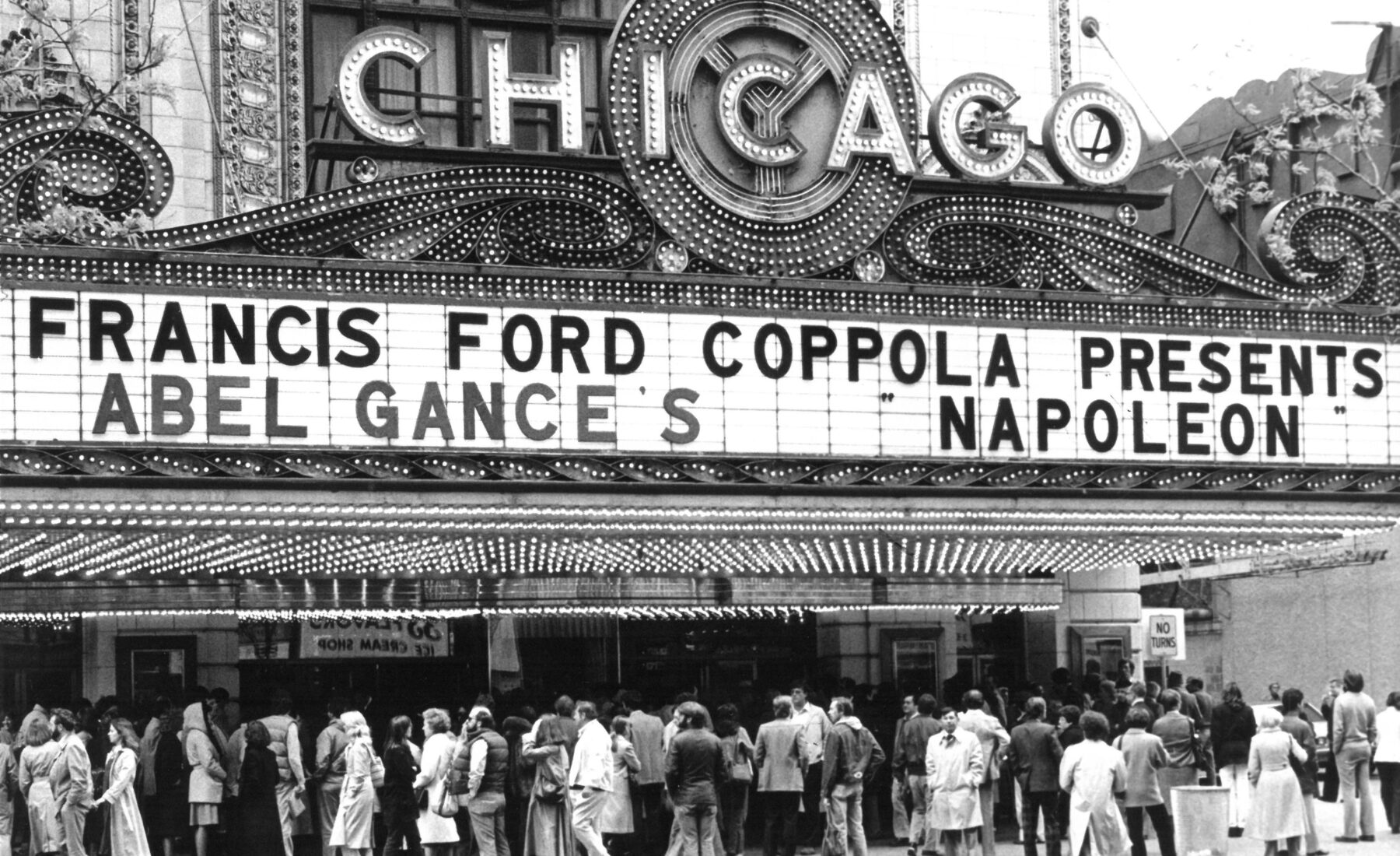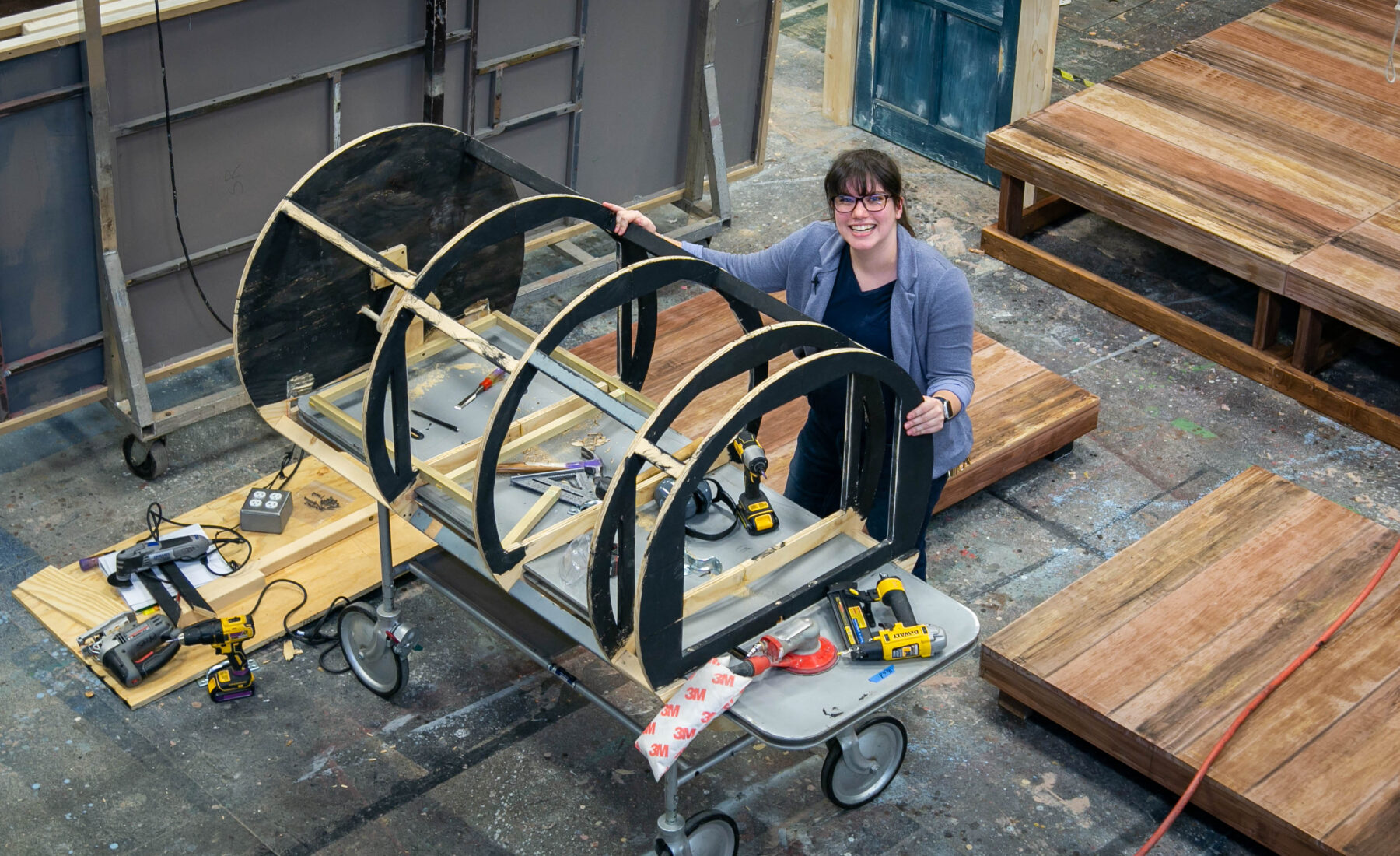IN THE SPRING OF 1981, one of the hottest tickets in town was for the revival of the 1927 silent film, Napoléon, at the Chicago Theatre. Presented by Francis Ford Coppola, the four-hour epic feature was accompanied by a sixty-piece orchestra conducted by Coppola’s father, Carmine.
Daniel Coffey (FAA ’76) went to see the film with his mother. She had fond memories of going to the ornate movie palace on dates as a young woman. As they left the theater that spring day, his mother commented on how squeaky the theater was. Daniel asked if she was referring to the old seats.

“No,” she replied. “I meant the rats.”
She was right. Sixty years had passed since the regal theater was built, and it was now in severe disrepair. The beloved details for which the theater was known were covered in painted pink drywall in the 1950s in an attempt to modernize the decor. By the time of the 1981 showing, the Chicago Tribune wrote, “Observers joked that often the rodent population would exceed the number of paying customers.”
It was a sad decline for such an iconic building—one that was designed by Illinois alumnus George Leslie Rapp, who graduated in 1899, and his brother C.W. Rapp. They were renowned for the design of their lavish and opulent theaters. It was said their intent was to “transport the visitors to another time and place.” Rapp & Rapp designed over four hundred theaters in all, including Chicago’s Oriental, Riviera, and Palace theatres. They even designed the Orpheum Theatre in Champaign, where on opening night in 1914, Illinois students paid fifteen cents to see vaudeville acts and moving pictures.
Three years after seeing Napoléon at the theater, Daniel—now a young architect with a new firm—was given the remarkable opportunity to save it from demolition. He joined members of the Chicago Theatre Preservation Group, who purchased the building and financed its renovation, and Daniel got to work resurrecting the vision of Rapp & Rapp and breathing life into this historic treasure.
When the Chicago Theatre reopened in 1986, Mayor Harold Washington flipped the switch, fully illuminating the iconic marquee for the first time since 1956.
Daniel P. Coffey & Associates went on to restore the Oriental and Palace theatres as well, revitalizing Chicago’s theater district and building a reputation for excellence in restoration and architecture for the performing arts.
This story appears in our latest print edition of STORIED.
This story was published .







